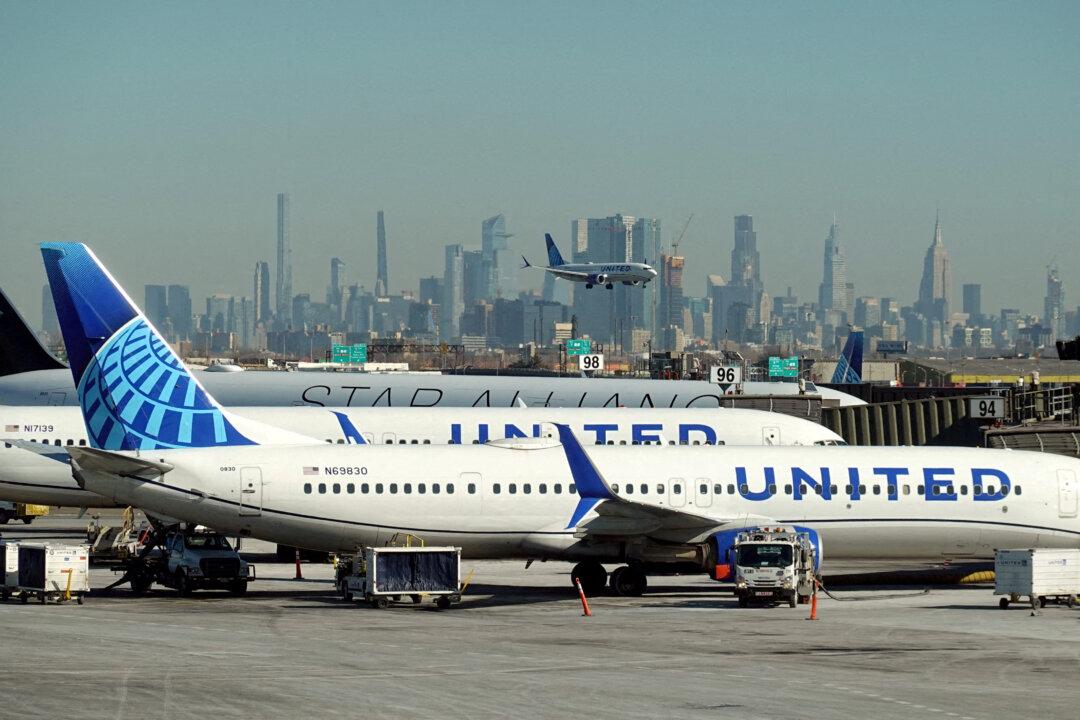Natural gas suppliers, pipeline companies, and banks that trade commodities have emerged as the biggest market winners from February’s U.S. winter blast that roiled gas and power markets, according to more than two dozen interviews and quarterly earnings reports.
The deep freeze caught Texas’s utilities off-guard, killed more than 100 people and left 4.5 million without power. Demand for heat pushed wholesale power costs to 400 times the usual amount and propelled natural gas prices to record highs, forcing utilities and consumers to pay exorbitant bills.
After the storm, few companies wanted to talk about their financial gains, unwilling to be seen as profiting off others’ hardships. But a clearer picture is emerging from quarterly earnings and as utility companies smarting from big bills sue to recoup their losses.
The biggest winners were companies with access to supplies, including leading energy trader Vitol, gas suppliers Kinder Morgan, Enterprise Products Partners and Energy Transfer, and banks Goldman Sachs, Bank of America (BOA) and Macquarie Group.
The firms combined stand to reap billions of dollars in profits by selling gas and power during the storm, according to interviews and reviews of public documents. It is possible that some companies may never collect on those sales due to ongoing litigation, however.
Losers include producers that could not deliver oil and gas due to frozen wellheads, gathering systems, and processing stations. The weeklong output loss cost shale producer Pioneer Natural Resources $80 million, Chevron about $300 million, and Exxon Mobil $800 million.
Utilities are complaining of price gouging and of unwarranted supply cancellations. The Federal Energy Regulatory Commission is reviewing gas and power markets for potential market manipulation.
‘Maximum Withdrawal’
Energy Transfer, which can store about 60 percent of U.S. daily gas consumption in areas hit hardest by the February freeze, could report a $850 million profit from selling the fuel to utilities and industrial customers during the storm, according to analysts at East Daley Capital. Other people familiar with its operations say that figure could be higher.Energy Transfer did not comment for this story. The company reports results on Thursday.

Rival Enterprise Products Partners said the storm led to gains of about $250 million in the first quarter.
Kinder Morgan, another gas storage and pipeline operator, earned about $1 billion during the storm, the vast majority from higher gas prices and sales. Anticipating high demand, Kinder Morgan said it dispatched workers and backup generators ahead of the storm to its gas storage and pipeline facilities.
At the beginning of February, gas prices ranged from $2.50 to $3 per million British thermal unit (mmBtu) at hubs from Houston to Tulsa, Oklahoma. Prices began climbing on Feb. 11 into the hundreds of dollars, with Tulsa’s hub surging to a record $1,192.86 on Feb. 17, according to government data.
“That’s what happens when you go from a very well supplied market to a very tight market, and in this case a catastrophically tight market,” said one natural gas trader. “That was very localized pain, and it really surprised a lot of people.”
Energy traders with three Texas electric cooperatives told Reuters they paid as much as $400 per mmBtu during a four-day stretch that began Valentine’s Day weekend. They requested anonymity because they were not authorized to speak about the crisis. San Antonio’s municipal utility CPS Energy said its gas bill for the week was about $700 million.
Winning And Losing
Australia’s Macquarie, the second-largest marketer of U.S. natural gas, said its trading around the storm boosted its overall profit outlook for the year by about 10 percent, which analysts estimated at about A$400 million ($317 million).Ahead of the storm, Macquarie traders researched how previous cold fronts disrupted infrastructure to prepare a plan, said sources within the firm, who requested anonymity. The company did not comment for this story.
Texas’s grid operator ERCOT canceled $1 billion in service charges and state officials are considering securitizing unpaid ERCOT bills from electric companies that defaulted.
Many of the firms that profited from trading, such as Goldman Sachs and BOA, are also facing losses from their exposure to utilities and electric co-operatives that have declared bankruptcy, according to court filings.
BOA made hundreds of millions via its trading arm, according to a source with direct knowledge of the matter, but it is owed nearly $480 million by Brazos Electric Power Cooperative, which filed for bankruptcy.
Disputes over price gouging and reneged contracts have also emerged after some suppliers declared the freeze was a force majeure event that allowed them to suspend contracts.
Macquarie was sued by Exxon seeking to void an $11 million gas bill. CPS Energy sued BP, Chevron, Energy Transfer, and others for submitting bills that ran into the hundreds of millions of dollars.
Texas wind farm operators also have filed lawsuits against trading arms of JP Morgan Chase and Citigroup, maintaining the cold snap was an extreme event that overrode contracts for power generation and delivery.





